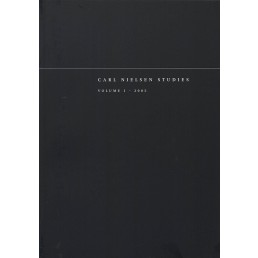Carl Nielsen and Theories of Symphonism
DOI:
https://doi.org/10.7146/cns.v4i0.27749Abstract
With few exceptions, theorists have been reluctant to define the essence of the symphony as a genre. One of the exceptions is Robert Simpson, whose five proposed characteristics for the ‘true’ symphony,published in 1967, are based in part on close analytical engagement with Nielsen’s works. Another exception is Mark Aranovsky in the Introduction to his book on the Soviet Symphony from 1960-1975. Aranovsky’s identification of archetypal qualities in each movement of the classical symphony, and his discussion of processes of dynamic evolution between those movements, may serve both as a critique of Simpson’s more formalistic prescriptions and as a template against which to measure asepcts of Nielsen’s first four symphonies, in particular their dramatic redistribution and rebalancing of archetypal qualities between the movements of the cycle.Downloads
Published
2009-04-10
How to Cite
Fanning, D. (2009). Carl Nielsen and Theories of Symphonism. Carl Nielsen Studies, 4. https://doi.org/10.7146/cns.v4i0.27749
Issue
Section
Articles
License
- Authors retain copyright and grant the journal right of first publication with the work simultaneously licensed under a Creative Commons Attribution License that allows others to share the work with an acknowledgement of the work's authorship and initial publication in this journal.
- Authors are able to enter into separate, additional contractual arrangements for the non-exclusive distribution of the journal's published version of the work (e.g., post it to an institutional repository or publish it in a book), with an acknowledgement of its initial publication in this journal.

